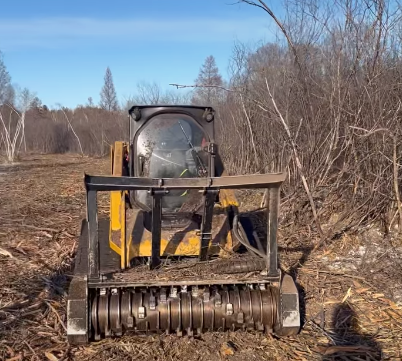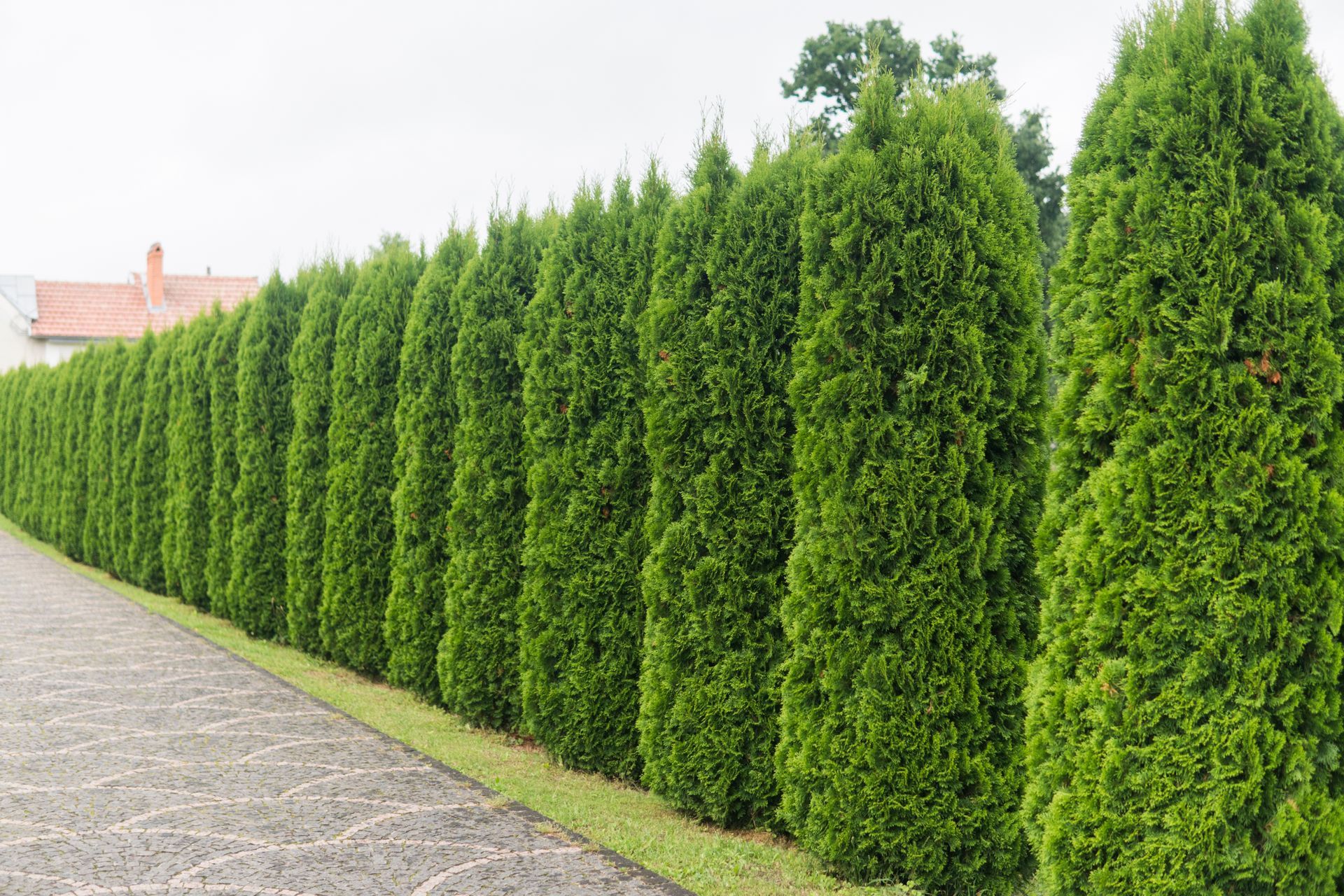Frequently asked questions
-
How can I prepare my trees for the changing seasons?
Prune your trees: Pruning your trees before winter can help prevent damage from heavy snow and ice. Pruning in the spring or early summer can also help promote healthy growth and remove any dead or diseased branches.
Water your trees: In the summer months, it is important to water your trees regularly, especially during periods of drought. Deep watering is preferred, as it encourages deeper root growth.
Mulch your trees: Adding a layer of mulch around the base of your trees can help retain moisture, regulate soil temperature, and prevent weed growth. Make sure to keep the mulch away from the trunk to avoid rotting.
-
When is the best time to prune my trees?
The optimal time for tree pruning varies depending on the species and your goals. In general, most trees can be pruned during their dormant season (late fall to early spring) to minimize stress and potential disease transmission. If you're unsure when to prune your trees, our arborists can provide expert guidance.
-
Can you recommend trees that are particularly well-suited for urban environments in Wisconsin and Minnesota?
Yes, our arborists can recommend tree species that are well-adapted to urban environments, taking into consideration factors such as pollution tolerance, space constraints, and resistance to pests and diseases. Examples of suitable urban trees include honey locust, hackberry, and Kentucky coffeetree.
-
How does NWI help property owners comply with local tree protection ordinances?
NWI can help property owners comply with local tree protection ordinances in several ways:
1. Knowledge of local regulations: An arborist can help property owners understand and navigate local tree protection ordinances. They can advise on the requirements for tree removal, pruning, and planting, as well as provide guidance on permits and approvals needed from local authorities.
2. Site assessments: An arborist can assess the health and condition of trees on a property and identify any that are protected by local ordinances. They can also identify potential hazards, such as trees that are at risk of falling or causing damage to property, and provide recommendations for appropriate action.
3. Tree preservation plans: If a property is subject to local tree protection ordinances, an arborist can develop a tree preservation plan that outlines the measures that will be taken to protect and preserve the trees on the property. This can include recommendations for pruning, fertilization, and disease management.
4. Tree management services: An arborist can provide ongoing tree management services, including pruning, fertilization, and disease management, to help property owners comply with local tree protection ordinances and keep their trees healthy.
-
When is tree removal necessary?
1. Hazardous Trees: Trees that pose a risk to people or property due to structural damage, disease, or pests may need to be removed to prevent accidents or property damage.
2. Dead or Dying Trees: Trees that are dead or dying can be a safety hazard and are more
susceptible to falling, which may result in injury or property damage.
3. Crowded Trees: Trees that are planted too close together may need to be removed to
allow room for healthy growth.
4. Diseased Trees: Trees infected with diseases that cannot be treated may need to be
removed to prevent the spread of the disease to other trees.
5. Construction: Trees may need to be removed to make room for construction projects,
such as building a house, road, or other infrastructure.
It is important to consult with a professional arborist to determine if tree removal is necessary and to ensure that it is done safely and with minimal impact on the surrounding environment.
-
Are there any native tree species in Wisconsin and Minnesota that are particularly prone to pests or diseases?
- Ash Trees - Emerald Ash Borer
- Oak Trees - Oak Wilt
- Elm Trees - Dutch Elm Disease
- White Pine - White Pine Blister Rust
- Crabapple Trees - Apple Scab
- Linden Trees - Japanese Beetles
Our arborists are trained to identify and manage these issues, ensuring the health and longevity of your trees.
-
How can I protect my trees from deer damage?
Deer can cause significant damage to trees by feeding on foliage, rubbing their antlers on tree trunks, or scraping bark. Our team can provide recommendations and solutions for deer deterrents, such as tree guards, repellents, and fencing, to protect your trees from deer-related damage.
-
How often should I have my trees inspected?
Trees should be inspected by a certified arborist annually. Regular inspections can help identify potential problems early and prevent costly damage or hazardous situations. An experienced arborist can assess the health and condition of your trees and provide recommendations for proper care and maintenance, including pruning, fertilization, and disease management.
We Live What We Do!
Focused on Safety & Efficiency
Experienced & Knowledgeable Crew
Equipped For The Job
Call us Today to Schedule Your Consultation
651-300-8334


Submit A Form:
Get In Touch
We are here to help you take care of your tree care needs. Get in touch with us today to schedule your free consultation!
© 2023 All Rights Reserved | North Woods Industries, LLC | Privacy Policy




